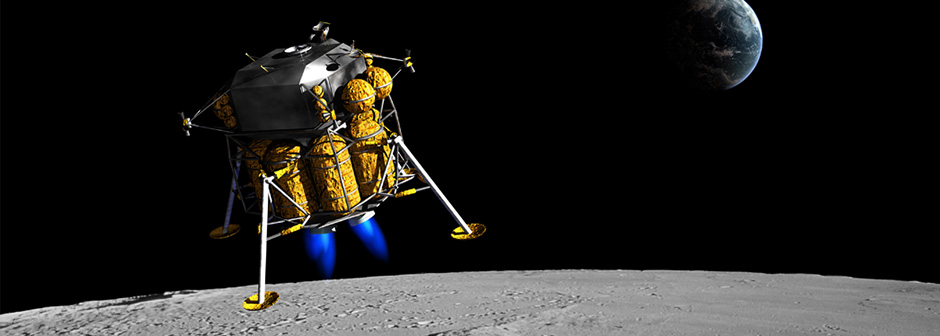Object Detection

Object Dection
The object detection subsystem will rely on both a camera and a laser rangefinder. We will interface the camera with a Raspberry Pi programmed using the OpenCV library. This connection will be made via the CSI (camera serial interface) onboard the Pi. When the camera detects the target object, we will send a message from the Pi to the PIC32 to begin polling the laser rangefinder sensor. The laser rangefinder will be connected to the PIC32 via an I2C interface. When a measurement is received, we will have to initiate an interrupt to begin communicating this information to the other rover.
Range Finder:
The range finder is used to find the distance from the rover to the object of interest and for obstacle avoidance. Once the camera identifies an object, the camera will analyze the object to determine if it is an object of interest. If it is not an object of interest, the rover’s path will adjust accordingly. If the object is the object of interest, then the range finder will be pointed at the object and the distance measured. The exact location of the rover will be known with our location system. With the location of the rover and the distance from the rover to the object, the location of the object of interest will be easy to find. The range finder is able to communicate with the PIC32 via I2C. The range finder will receive 5V power from the PIC32. The range finder will get its clock signal from the PIC32 for I2C.
Camera:
The camera will be used to identify whether an object is an obstacle or an object of interest. The camera will be constantly scanning the area in front of the rover and using OpenCV to locate objects. The camera will be attached to the Raspberry Pi which will run OpenCV for real time computer vision. The camera will receive 5V power from the Pi. The camera will receive a clock signal from the Pi for CSI.


